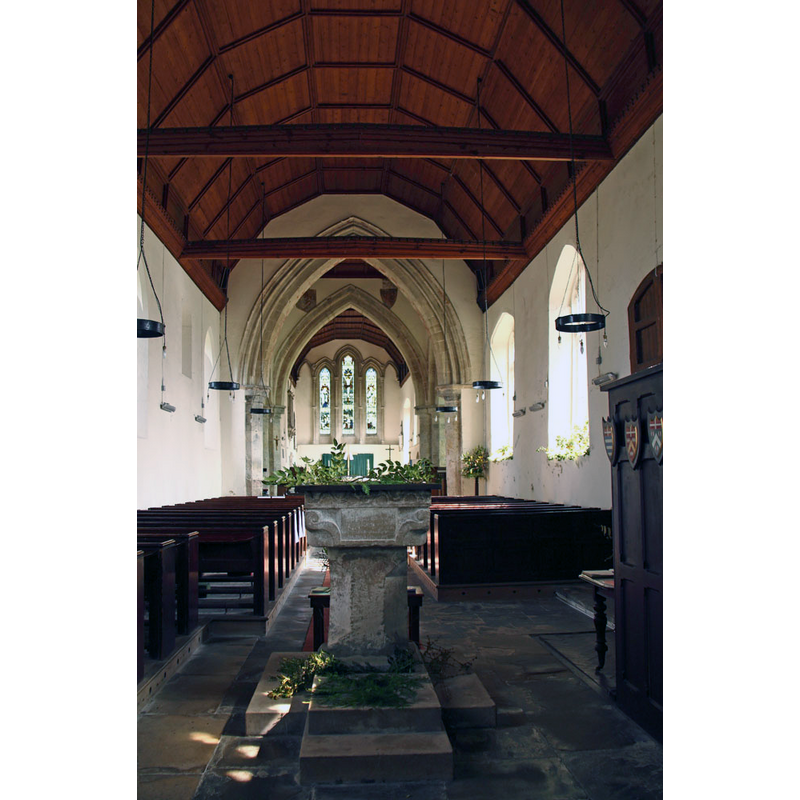Great Wilbraham / Wiborsham / Witborham
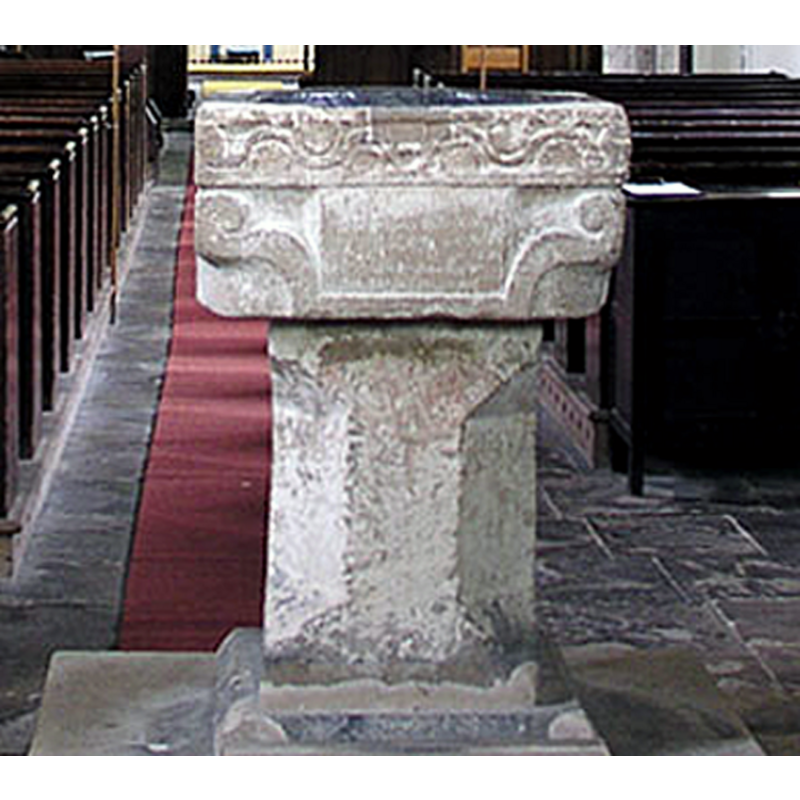
Image copyright © Mark Ynys-Mon, 2004
Standing permission
Results: 13 records
design element - motifs - foliage
design element - motifs - rectangle
design element - motifs - volute
view of basin - east side
view of basin - north side
view of basin - south side
view of basin - west side
view of church exterior - north view
view of church interior - nave - looking east
view of church interior - nave - looking west
Scene Description: the font is discernible at the far [west] end of the centre aisle
Copyright Statement: Image copyright © John Salmon, 2013
Image Source: digital photograph taken 5 April 2013 by John Salmon [www.geograph.org.uk/photo/3405795] [accessed 20 July 2016]
Copyright Instructions: CC-BY-SA-2.0
view of font - west side
view of font and cover in context
INFORMATION
FontID: 01380WIL
Object Type: Baptismal Font1
Church/Chapel: Parish Church of St. Nicholas
Church Patron Saints: St. Nicholas of Myra
Church Location: Church Road, Great Wilbraham, Cambridgeshire CB1 5JQ
Country Name: England
Location: Cambridgeshire, East
Directions to Site: Located ENE of Fulbourn, 11-12 km E of Cambridge
Ecclesiastic Region: Diocese of Ely
Historical Region: Hundred of Staine
Font Location in Church: Inside the church, at the W end, opposite the S door
Date: ca. 1150?
Century and Period: 12th century (early? / mid?), Late Norman? / Transitional?
Credit and Acknowledgements: We are grateful to Mark Ynys-Mon, of www.druidic.org, for his photograph of the font]
Font Notes:
Click to view
There are three entries for [Great and Little] Wilbraham [variant spelling] in the Domesday survey [http://opendomesday.org/place/XX0000/great-and-little-wilbraham/] [accessed 20 July 2016], none of which mentions cleric or church in it. Paley's Guide (1844) reports: "The font is Transition-Norman, square, on a square chamfered stem; a good and perfect early model, with some Romanesque enrichment of the basin." Listed in Cox & Harvey (1907) as a baptismal font of the Norman period, a noteworthy example. Kelly's Directory of this county for 1929 informs that the font "dates from the year 1150" and is from the Transitional period [source: transcription by Martin Edwards in GENUKI [www.genuki.org.uk]. Noted in Pevsner (1980): "Font. Square, Norman, with volutes at the corners, chip-carved saltire crosses, rosettes, etc." The Victoria County History (Cambridge…, vol. 10, 2002) notes: "One Wulfhun, on becoming a monk of the newly founded Ramsey abbey (Hunts.), gave it, probably c. 970, a church with 40 a. at Wilbraham, which the abbey gave to Aethelwold, bishop of Winchester, by exchange before 984. […] After the Conquest Great Wilbraham church was probably attached to the Richmond fee: by 1155 that church owed to Mont St. Michel abbey in Normandy (Manche) a £2 pension, […] still due in the mid 13th century […] By 1169 the monks had agreed to grant the church and tithes, with the other Denny endowments, to the Knights Templar […] The king presented in 1313, […] and the Hospitallers from the mid 14th century to the 1530s. […] The square font, its edge carved with bands of diamonds, waves, and zigzag over volutes, […] survives from a 12th-century building." Described and illustrated in the CRSBI (2016) as a baptismal font of the 12th century. Illustrated in the Cambridge Churches web site [www.druidic.org/cambchurch]. The font consists of a square basin raised on a square pedestal, a square lower base and a modern (?) quadrangular plinth. The basin is monolithic but has two volumes: the upper volume occupies about 1/3 and is decorated with continued foliage motif all around [there is repaired section probably where the old cover staple was taken out forcibly resulting in damage]; the lower 2/3 are carved in at the corners and hace volutes to the sides of a blank rectangular motif, almost in the manner of the late cartouche; the stem is square at top and bottom but the angles have been chamfered to octagonal; the lower base is square. The round basin well is lined with lead. The upper sides of the basin show clear evidence of significant repairs with new stone; the location of some of these is consistent with damage caused by the forceful removal of th staples of the old cover.
COORDINATES
Church Latitude & Longitude Decimal: 52.195807, 0.263454
Church Latitude & Longitude DMS: 52° 11′ 44.9″ N, 0° 15′ 48.43″ E
UTM: 31U 312973 5786347
MEDIUM AND MEASUREMENTS
Material: stone, type unknown
Number of Pieces: three?
Font Shape: square (mounted)
Basin Interior Shape: round
Basin Exterior Shape: square
Drainage Notes: lead lining [modern]
Diameter (inside rim): 55.5 cm*
Basin Total Height: 38 cm*
Font Height (with Plinth): 127.5 cm* [includes upper plinth only]
Trapezoidal Basin: 77.5 x 77.5 cm*
Notes on Measurements: * CRSBI (2016)
REFERENCES
Victoria County History [online], University of London, 1993-. Accessed: 2005-02-28 00:00:00. URL: https://www.british-history.ac.uk.
Corpus of Romanesque Sculpture in Britain and Ireland, The Corpus of Romanesque Sculpture in Britain and Ireland, The Corpus of Romanesque Sculpture in Britain and Ireland. Accessed: 2005-03-03 00:00:00. URL: http://www.crsbi.ac.uk.
Cox, John Charles, English Church Furniture, New York: E.P. Dutton & Co., 1907
Kelly, Kelly's Directory of Cambridgeshire, London: Kelly's Directories Ltd., 1929
Paley, Frederick Apthorp, The Ecclesiologist's guide to the churches within a circuit of seven miles round Cambridge, with introductory remarks, London; Cambridge: J. van Voorst; Metcalfe and Palmer, 1844
Pevsner, Nikolaus, Cambridgeshire, Harmonsworth: Penguin, 1970
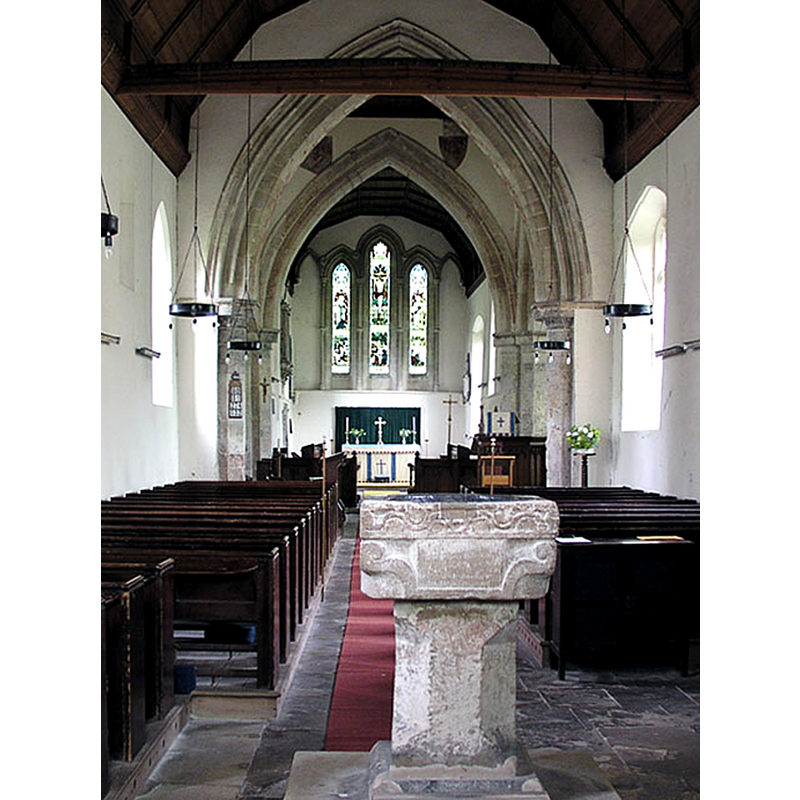

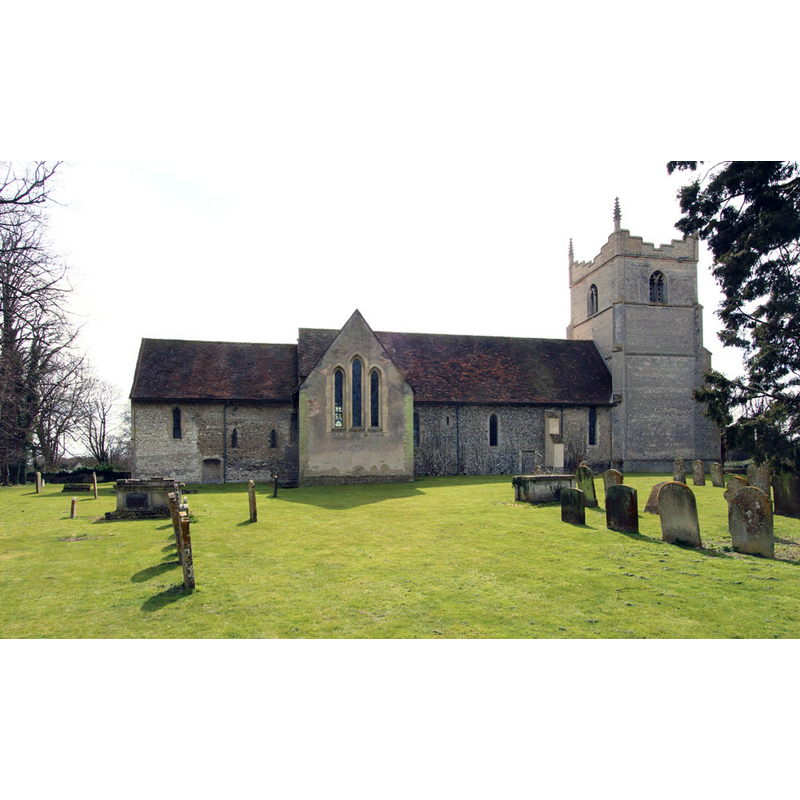
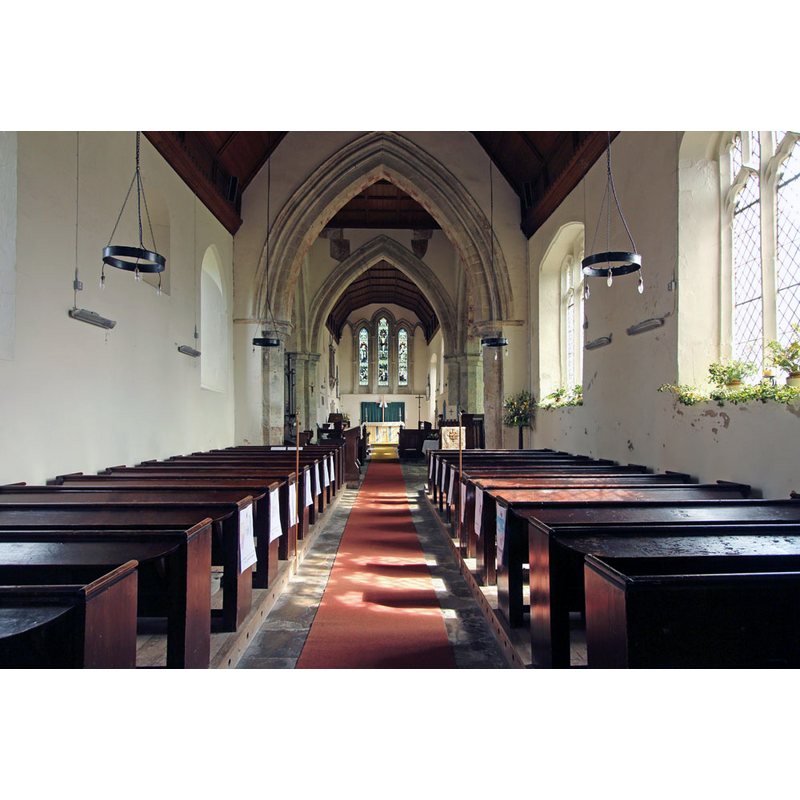
![the font is discernible at the far [west] end of the centre aisle](/static-50478a99ec6f36a15d6234548c59f63da52304e5/compressed/1160721047_compressed.png)
